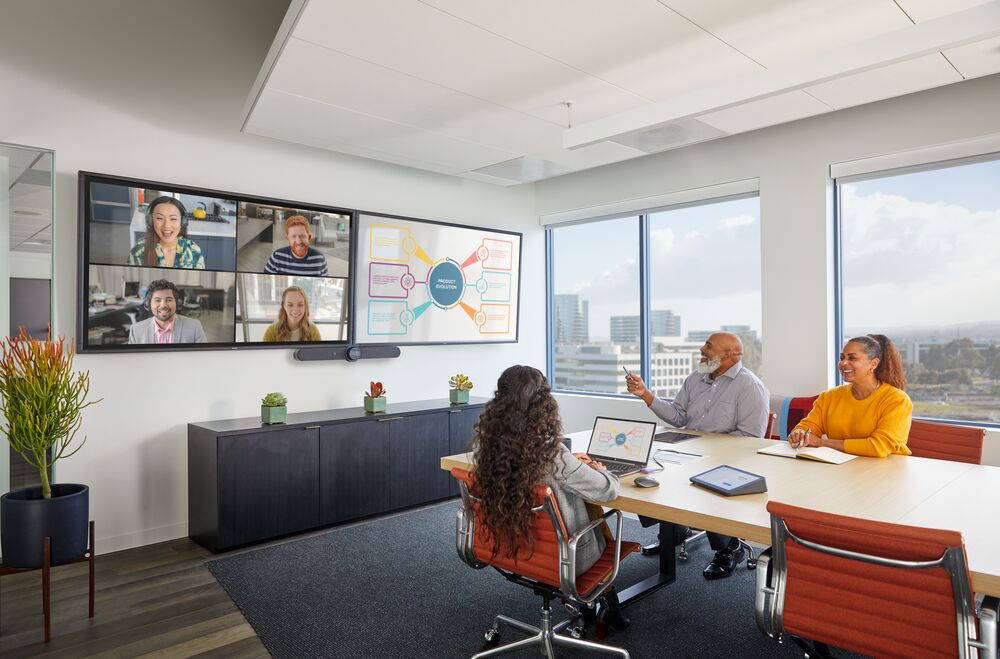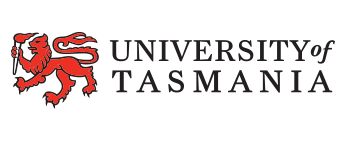In a changing working environment, mining, energy and resource workplaces are relying on technology solutions ...
LEARN MORETransitioning Away from Webex as a Video Conferencing Solution
Professional services

The foundation of every professional services business is communication and collaboration. Communication between workers and clients. Collaboration between workers, whether they be situated in-office or remotely.
While communication and collaboration is paramount, in the modern operating environment, these two functions are facing increasing barriers. However, there is a solution. Namely, transitioning away from legacy conferencing systems.
Legacy systems such as Webex have proved valuable when it comes to connecting workplaces. However, more dynamic solutions are needed in order to keep pace with a changing workplace and changing consumer needs.
As the professional services industry is going through a period of change, it may seem like an inopportune time to transition away from legacy systems. However, video conferencing can actually help facilitate this change and the adoption of optimised practices.
Legacy video conferencing – the role Webex played in the past
First founded in 1995, Webex brought a cloud-based suite of productivity tools to the business world. In a professional services sense, it meant that businesses such as law, engineering and architecture firms had a means for employees and key stakeholders to connect.
This connection took place through Webex’s ability to provide video meetings, file sharing tools and team messaging. All of which helped to create unified communications across the board, whether the firm was small, medium or large.
As a cloud-based productivity tool, Webex also possessed the distinct ability to provide remote support. A practice that helps professional services firms to simultaneously lower operating costs and resolve problems faster.
Why it’s time for a change
As technology has evolved, legacy systems such as Webex have remained relatively static. As such, modern video conferencing has surpassed these systems. Offering everything from improved employee engagement and technology to increased reliability and flexibility.
In an age where flexible working arrangements are becoming the norm, flexible solutions are paramount to an efficient professional services business. Otherwise, attempts at communication and collaboration become unnecessarily hard.
Modern video conferencing solutions offer everything from mobile apps and personalisation options to multiple points of connectivity, As such, ease of use and flexibility is inherent. This impacts not only professional service workers, but also clients.
Having a platform that allows a professional services business to meet with clients on their own terms, is an advantage. This is because, if a client cannot easily connect with a business, they will look for another business who can facilitate this need.
The barriers to entry
While the benefits of modern video conferencing systems are clear, it can be tempting for key decision makers to stay loyal to tried and true systems. Especially when there are seemingly so many barriers to performing an effective transition away from legacy systems.
However, these barriers aren’t necessarily true. In fact, in most cases, a professional services firm will find that the transition away from legacy systems is easier than sticking with a system like Webex.
Cost
Currently, a perceived barrier to transitioning away from legacy systems such as Webex is the element of cost. However, it’s important to note that modern video conferencing solutions are incredibly cost effective, especially when compared to legacy systems.
For example, as legacy systems operate with older technology, servicing such systems can be difficult. Finding technicians fluent in this system might be laborious. Meaning that product downtime is drastically increased.
On the other hand, the cost is one of the most beneficial things about modern video conferencing systems. There are no additional costs with Logitech hardware. Once purchased, the business owns it. Also, these tools are cost effective to deploy and manage.
For example, when using video conferencing products from Logitech, IT specialists can monitor and manage spaces and devices remotely. Limiting the need for call outs and reducing product downtime.
Acquiring new equipment
When transitioning away from a legacy system, all video conferencing tools will need to be replaced with the new products. Many professional services firms view this as a negative as staff will be required to undergo training on a new system.
However, this barrier is easily mitigated thanks to the Logitech product suite. With the aim of unifying the user experience across the different meeting and working spaces, Logitech video conferencing solutions allow workers to become familiar with equipment.
Familiarity means that workers can walk into any meeting room or working space and know how the technology will work. This in turn ensures that meetings are more productive as they can start and finish without technology or compatibility issues.
In terms of training, Logitech’s video conferencing products are plug-and-play. On one hand, this ensures that the technology can be quickly deployed, minimising downtime. On the other hand, it ensures an ease of use for workers, even if they haven’t used the product before.
Replacing legacy systems
The final barrier to entry centres around actually replacing legacy systems. A professional services business may want to remain loyal, however, doing so would hold the business back in the long term.
Without the ability to facilitate flexible, reliable and secure communications, legacy systems impede upon productivity. Such an imposition not only hinders workers, but also clients and customers.
The lack of a successful communicative presence will potentially impact the reputation of the business. This not only makes it hard to attract clients, but it also makes it exponentially harder to find new hires.
As such, replacing a legacy system like Webex isn’t a barrier, but rather a necessary move in terms of future-proofing an organisation. By choosing modern technology that is consistent and easy to deploy, use and manage, there are internal and external operational benefits.
Modern solutions for modern times
When a business stays loyal to legacy systems, everyone from staff to clients suffers. This is because, despite providing excellent services in the past, there is nothing future proof about legacy systems.
Whereas, on the other hand, modern video conferencing solutions can lay the platform for a professional services business to enjoy sustained success. Both in the present and in the future.
Logitech Video Collaborations feature a product suite with flexible, scalable and future-proof solutions that help workers collaborate with each other and connect with customers. In this new operating environment, seamless communications is attractive to both staff and clients.

Matt leads the Logitech Business Development and Account Management team. With 20 years of audiovisual and video collaboration experience, he strategically positions his team to succeed. He is proud to play a part in bringing the new way of collaboration to workplaces with Logitech’s award-winning, innovative solutions.
Matthew Watts
VC Enterprise Business Manager - ANZ












